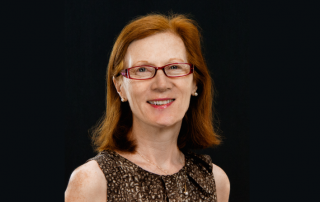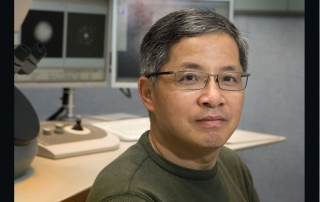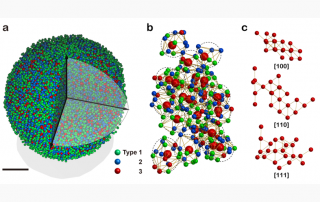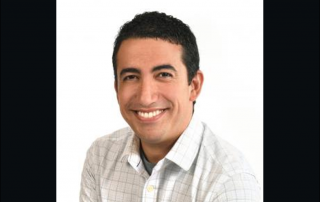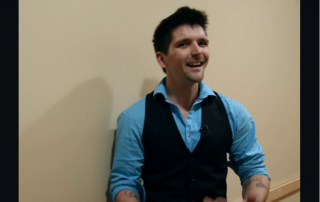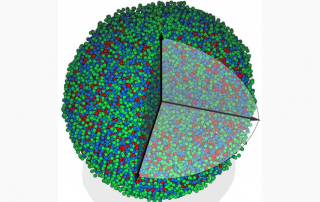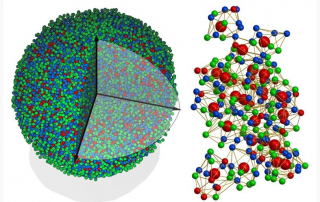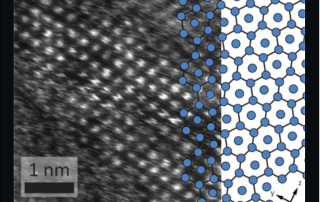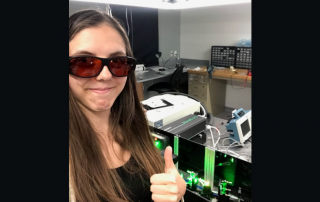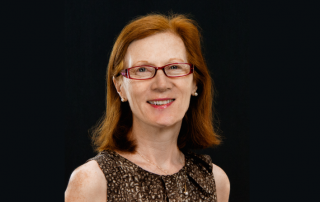Congrats to Margaret Murnane for Receiving an Honorary Doctorate from the University of Limerick
JILA Fellow Margaret Murnane has been awarded an Honorary Doctorate from the University of Limerick this year – her 6th Honorary Doctorate.
“I hadn’t even known I was being considered for it,” Murnane says of the award. Murnane, a native of Ireland, is excited to add another excuse to return to the country. Growing up in the 1960s and 1970s in Ireland, only 10% of high school graduates at that time had the opportunity to attend university. It wasn’t until the 1980s and 1990s that Ireland had the resources to invest in higher education by expanding their university system, later followed by flourishing science research. Murnane grew up very close to the University of Limerick, which became a university in 1980. She is excited to hopefully be attending the awards ceremony in person in August of 2021. When speaking of her future trip, Murnane stated: “It’ll be great to be able to be with family and friends again.”
Murnane’s group at JILA focuses on ultrafast laser and X-ray science. This year Murnane was also awarded the Franklin Medal in Physics for her work. She shared the award with JILA Fellow Dr. Henry Kapteyn.
